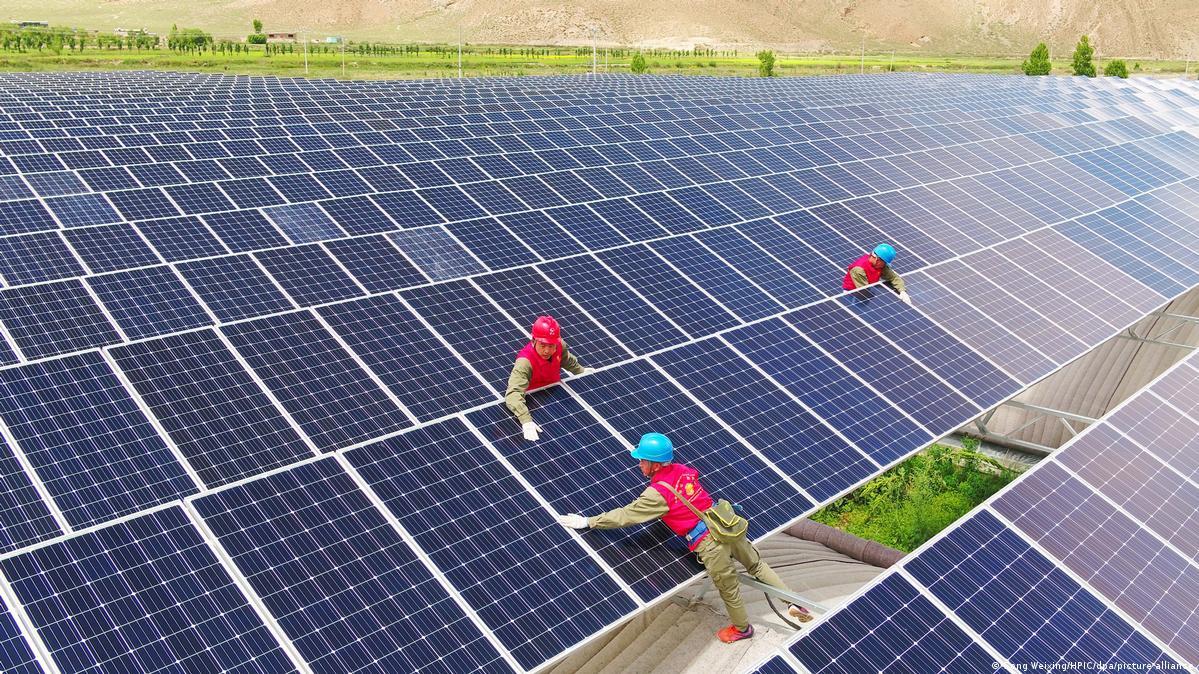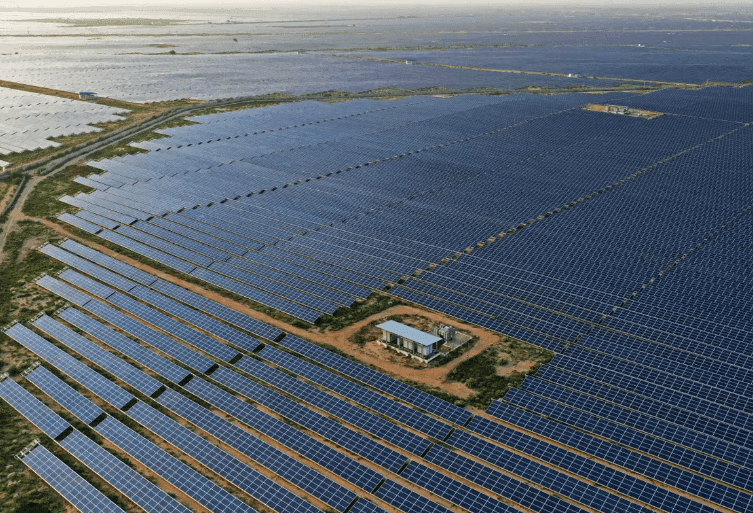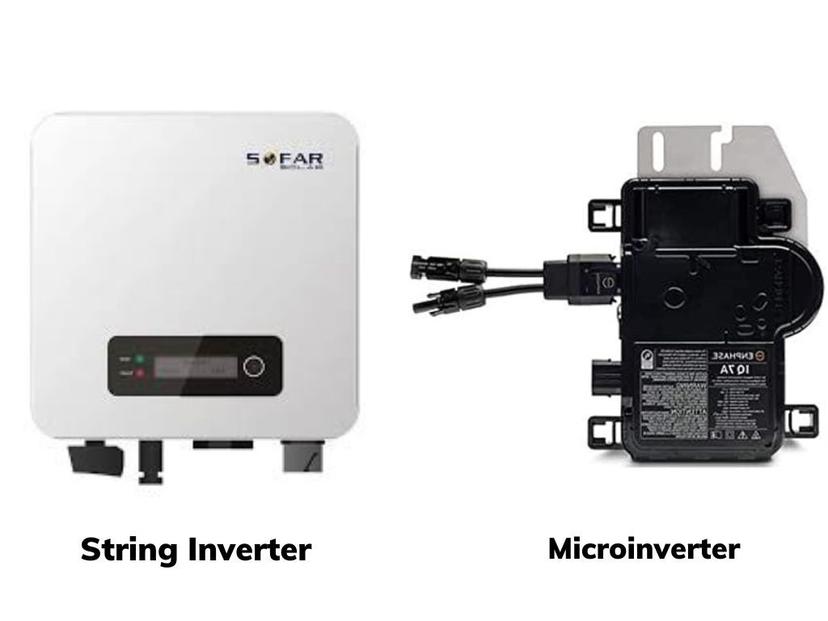Renewable Energy Knowledge Hub
The What How When & Why of Solar Panels

What is a Solar Panel
A solar panel or a PV Panel is a device that converts light from the sun, composed of photons, to electricity. A solar panel is a collection of solar or photovoltaic cells which can generate energy through photovoltaic cells. These cells are arranged in a grid-like pattern on the surface of solar panels. Solar panels are made up using crystalline silicon solar cells.
How Does a Solar Panel Work
Solar panels are composed of individual solar cells which are themselves composed of layers of silicon, phosphorus and boron. Solar panels absorb photons thus initiating an electric current. The resulting energy generated from photons striking the surface of the solar panel allows electrons to be knocked out of their atomic orbits and released into the electric field generated by the solar cells which then pull these free electrons into a directional current. This process is known as the Photovoltaic Effect.
History of Panels
The development of solar energy goes back more than 100 years. In the early days, solar energy was used primarily for the production of steam which was used to drive machinery. But it wasn't until the discovery of the "photovoltaic effect" by Edmond Becquerel that allowed the conversion of sunlight to electricity. In 1893, Charles Fritts invented the first solar cell which was formed by coating sheets of selenium with a thin layer of gold. And from this humble beginning would arise the device we know today as the solar panel.
Russel Ohl invented the world's first silicon solar cell in 1941. Solar panels found their first mainstream use in space satellites. For most people, the first solar panel in their life was probably embedded in their new calculator.
Today, solar panels are used to power a wide variety of applications. Solar panels are now used in calculators to solar plants that can power entire cities.
Types of Solar Panels
Monocrystalline Solar Panels (Mono-SI)
This solar panel is made of monocrystalline silicon. You can easily recognise them from the uniform dark colour and the rounded edges. The solar panel has one of the highest efficiency rates. Monocrystalline panels have a high power output, occupy less space, and last the longest. Another advantage to consider is that they tend to be slightly less affected by high temperatures compared to polycrystalline panels.
Polycrystalline Solar Panels (Poly-SI)
This panel is made of monocrystalline silicon. This type of solar panel has squares, and it has a blue, speckled look. They are made by melting raw silicon, which is a faster and cheaper process than that used for monocrystalline panels.
This leads to a lower final price but also lower efficiency, lower space efficiency, and a shorter lifespan since they are affected by hot temperatures to a greater degree. However, the differences between mono- and polycrystalline types of solar panels are not so significant and the choice will strongly depend on your specific situation.
Thin-Film Solar Cells (TFSC)
Thin-film solar panels are manufactured by placing one or more films of photovoltaic material (such as silicon, cadmium or copper) onto a substrate. These types of solar panels are the easiest to produce and economies of scale make them cheaper than the alternatives due to less material being needed for its production.

PERC Solar Panels
PERC panels are modified silicon cells that have an additional layer on the back. Because this extra layer is reflective, it is able to send unused light back across to generate more energy. This reflective surface also helps to reduce rear recombination and prevent longer wavelengths from becoming heat that would otherwise impair the cell’s performance.
Benefits of Solar Panels
1. Solar energy is clean & green.
Generation of electricity through fossil fuels damages the environment due to pollution. On the other hand, there is no such difficulty in the origin of solar energy.
2. Not dependent on other sources of Energy
After solar energy came into existence and its increased use, the pressure on other energy sources has come down, which is a good sign for both the ecosystem and the environment.
3. Low maintenance
Solar power systems do not require much maintenance. They need to be cleaned twice every year. Inverters are also a part of the system, and need to be replaced in five to 10 years, that is, very little is spent on maintenance.
4. Renewable Energy
Solar energy is actually a source of renewable energy. It can be used in every corner of the world, i.e. it is always available. Solar energy is a never-ending energy source
5 . Lower Electricity Bills
Since you will meet all your energy needs with electricity generated from solar energy, you will get relief from the huge cost of the electricity bill. How much you can save on your bill depends on your needs.
Why choose Sunglo ?
With Sunglo you can be worry free, we provide you with the latest cutting edge technology. Our experienced technical team coupled with decades of engineering experience, ensure that your Solar PV Plant runs without a hitch. We provide you with the best panels available in the country and in the world. Here are some of our partners:
- SOFAR
- Vikram
- Waree
- Adani
- Panasonic
- Fimer
- Enphase
- RenewSys

